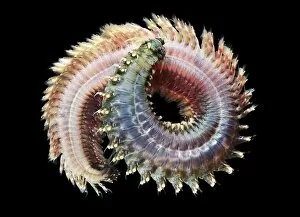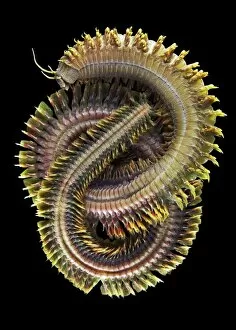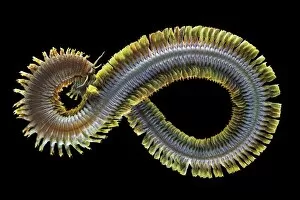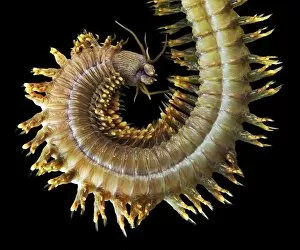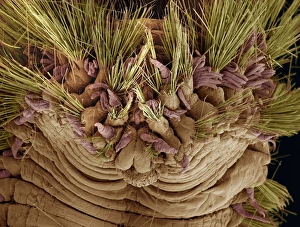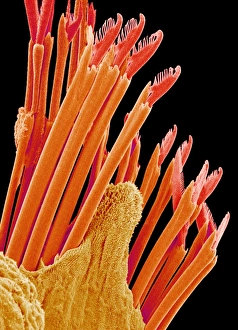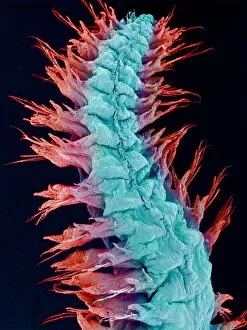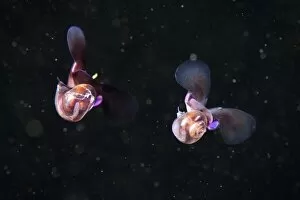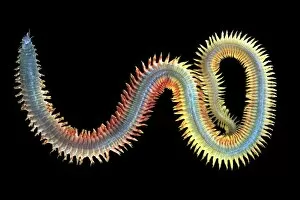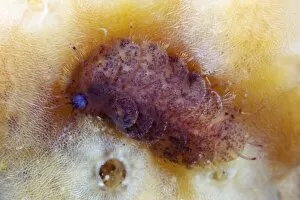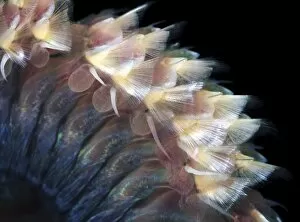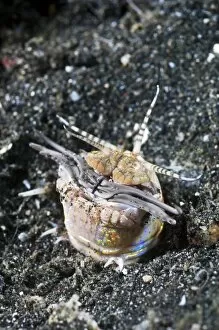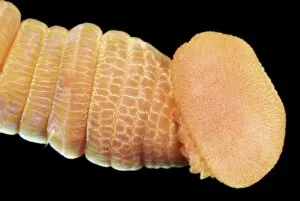Parapodia Collection
"Discovering the Fascinating World of Parapodia: Unveiling the Beauty and Adaptability of Marine Worms" Diving into the depths of our oceans
All Professionally Made to Order for Quick Shipping
"Discovering the Fascinating World of Parapodia: Unveiling the Beauty and Adaptability of Marine Worms" Diving into the depths of our oceans, we encounter a mesmerizing creature known as the parapodia. These remarkable appendages are found in various species, including the enigmatic sandworm and the majestic King ragworm C015/7450. The King ragworm C015/7523 showcases its vibrant colors as it gracefully glides through underwater currents. Its parapodia serve multiple functions, aiding in locomotion and respiration while also providing protection against predators. Intriguingly, each species possesses unique characteristics that make them stand out. The King ragworm C015/7495 exhibits intricate patterns on its parapodia, resembling an artist's masterpiece painted with delicate strokes. Meanwhile, the King ragworm C015/7421 displays robust parapodia adorned with bristles that act as sensory organs to detect changes in their environment. These bristle worm heads reveal a complex network of nerves responsible for sensing prey or potential threats nearby. Examining these creatures under a scanning electron microscope (SEM) reveals astonishing details. Fireworm bristles captured by SEM resemble tiny needles ready to defend against any intruder who dares challenge their territory. The SEM images further unveil an enchanting world within these marine worms' bodies. Delicate structures like sea butterflies flutter among intricately designed parapodia, showcasing nature's artistry at its finest. As we delve deeper into understanding polychaete marine worms' lives, we uncover their vital role in maintaining ecological balance beneath our ocean's surface. Their presence contributes to nutrient cycling and sediment stabilization while serving as a crucial food source for other marine organisms. Let us marvel at these extraordinary beings inhabiting our seas—their resilience and adaptability reminding us of nature's boundless wonders. Through studying parapodia and embracing their beauty, we gain a deeper appreciation for the intricate web of life that exists within our oceans.

